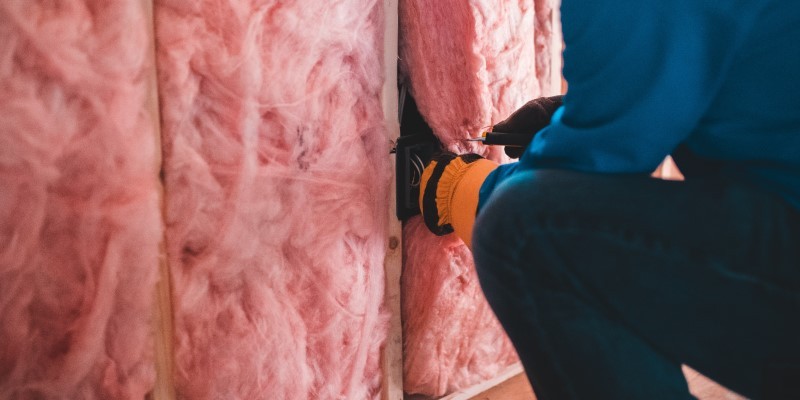Fire resistance is a critical aspect of building safety, and the demand for fire-resistant materials is increasing. Glass, with its transparency and aesthetic appeal, is widely used in architecture and design. However, traditional glass is not inherently fire resistant. In this blog post, we will explore innovative approaches to making glass fire resistant, ensuring both safety and functionality in architectural applications.
- Understanding the Challenges:
To make glass fire resistant, it is essential to comprehend the challenges associated with its composition. Glass is primarily made of silica, which has a low melting point and poor thermal conductivity. These properties make it susceptible to cracking, shattering, and heat transfer during a fire. - Introducing Fire-Resistant Coatings:
One approach to enhancing glass's fire resistance is through the application of specialized coatings. These coatings act as a barrier, preventing heat transfer and reducing the risk of glass breakage. Advanced nanotechnology-based coatings, such as intumescent coatings, expand when exposed to high temperatures, forming an insulating layer that protects the glass. - Incorporating Fire-Resistant Additives:
Another method involves incorporating fire-resistant additives into the glass manufacturing process. These additives, such as boron compounds, act as flame retardants, reducing the glass's flammability. By modifying the glass composition, its fire resistance can be significantly improved without compromising its transparency or other desirable properties. - Utilizing Laminated Glass:
Laminated glass, consisting of multiple layers of glass bonded together with interlayers, offers enhanced fire resistance. During a fire, the interlayers melt and create a barrier that prevents the spread of flames and smoke. This type of glass also maintains its structural integrity even when exposed to high temperatures, providing additional safety benefits. - Exploring Fire-Resistant Glass Ceramics:
Glass ceramics, produced through controlled crystallization of glass, exhibit exceptional fire resistance. These materials have a higher softening point and lower thermal expansion compared to traditional glass. Glass ceramics can withstand rapid temperature changes and intense heat, making them ideal for fire-resistant applications.
Conclusion:
Incorporating fire-resistant coatings, additives, laminated glass, and glass ceramics are innovative approaches to enhance the fire resistance of glass. These advancements ensure that glass can be safely used in architectural designs without compromising aesthetics or functionality. By understanding the challenges and utilizing these techniques, architects, designers, and manufacturers can create fire-resistant structures that prioritize both safety and visual appeal.




